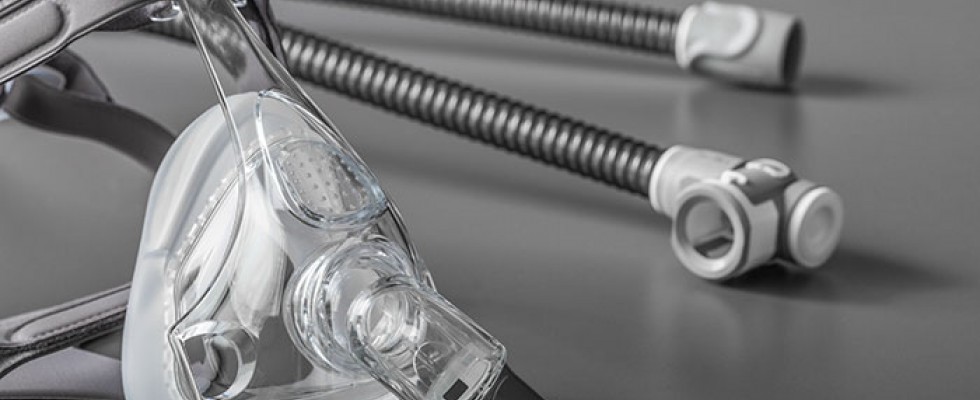
Every night, millions of people with sleep disorders struggle to get a good night’s rest. One of the most prominent of these disorders is obstructive sleep apnea (OSA), which impacts one’s ability to breathe. During the past two decades, the number of adults living with OSA has grown; 25 million people in the United States and an estimated 100 million around the world have obstructive sleep apnea. Despite its prevalence, eight out of every 10 people with sleep apnea remain undiagnosed, which can lead to serious health issues, including high blood pressure, chronic heart failure, stroke and even death. With these health implications, it’s critical that people with OSA get diagnosed, receive the proper course of treatment and stay compliant with therapy. Compliance, however, has not always been easy for patients. Some find it difficult to adjust to sleeping with their CPAP equipment, citing challenges with moving around in their sleep or with pressure on their noses and in their airways. These patients tend to abandon their therapy, leaving them susceptible to the serious health effects that come with not complying with treatment. Fortunately, advancements in sleep technology are paving the way for new CPAP solutions to be more comfortable, personalized and cost effective. With the ability to personalize service for each patient, these connected care technologies help home medical equipment (HME) providers create better patient experiences and engagement, enhance patient care and improve staff experiences—all while reducing the per capita cost of health care by limiting wasted materials, energy, efforts, money and time. Today, many providers are turning to these solutions to help enhance CPAP therapy for OSA patients from initial diagnosis throughout the entire course of treatment at home.
